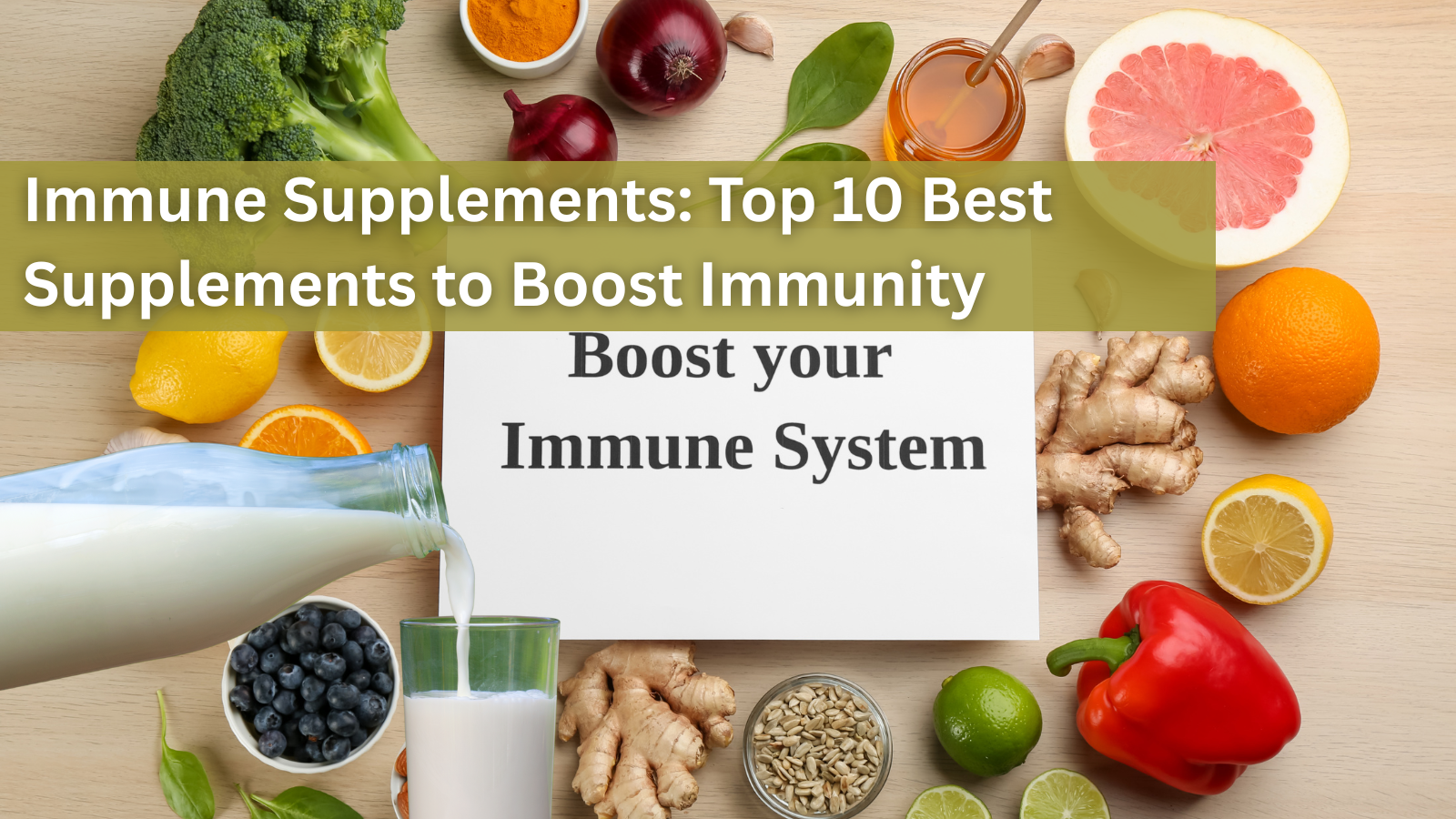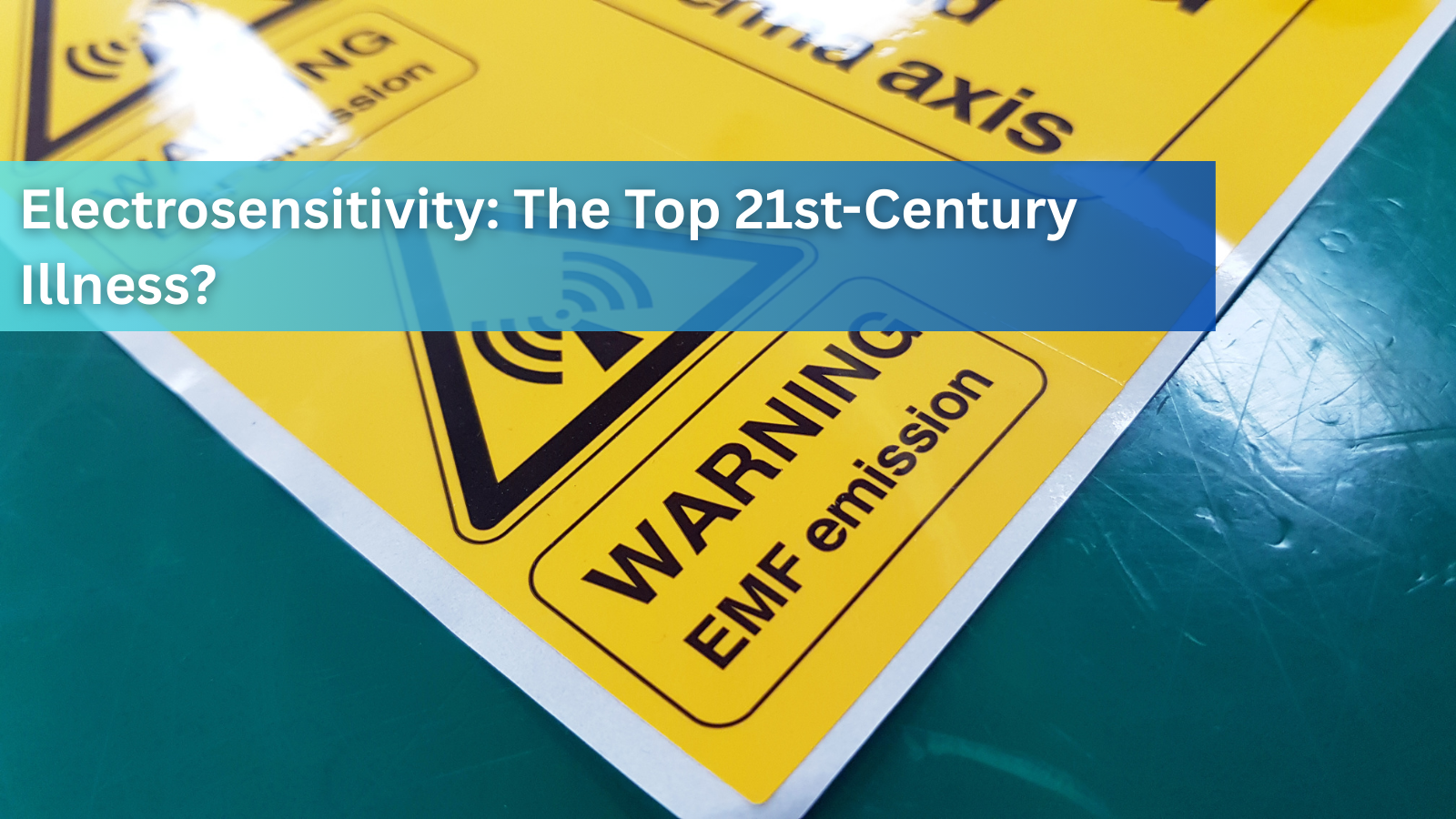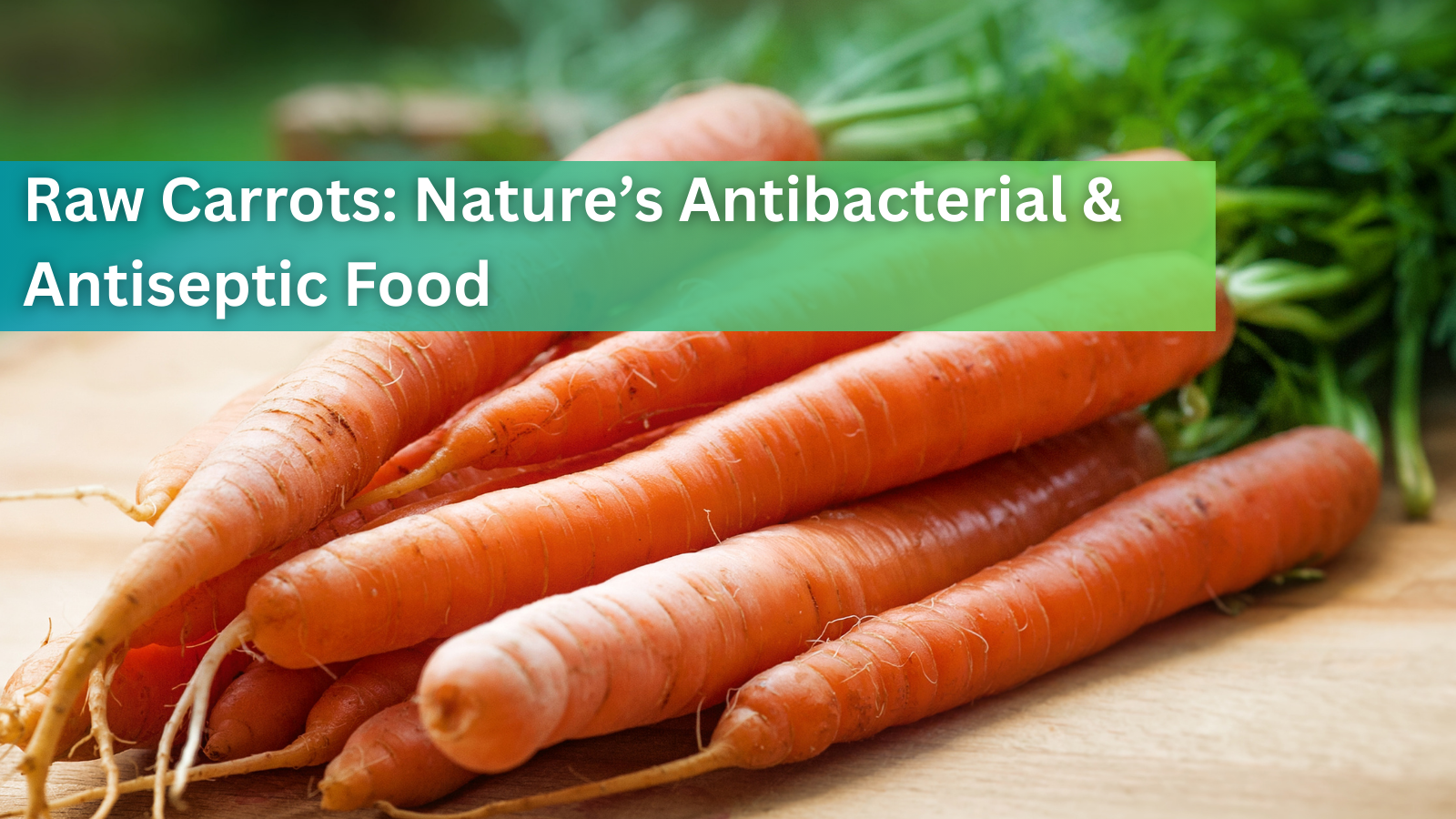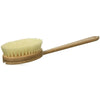How Cleaning Products Impact Indoor Air and Health: A 2024 Review Study's Results

We all want our homes and workplaces to be clean, fresh, and germ-free. But what if the very products we use to scrub, spray, and sanitize are quietly polluting the air we breathe? From scented disinfectants to all-purpose cleaners, many everyday products release chemicals that linger in indoor environments—sometimes with serious consequences for our health.
A groundbreaking 2024 review by researchers from Aalto University and international collaborators, published in Environment International, sheds light on how cleaning products affect indoor air quality and contribute to respiratory risks. Drawing on decades of research, the study exposes a sobering reality: while our floors may shine, our lungs might suffer.
In this article, we break down the key findings from the review and offer practical tips for safer cleaning—so you can breathe a little easier the next time you reach for that spray bottle.
What's in Your Cleaning Products?
- Common Ingredients: Surfactants, acids and bases, synthetic fragrances, and even carcinogenic by-products like chloroform.
- Endocrine-disrupting chemicals: Phthalates and cyclosiloxanes commonly found in fragranced cleaners .
How Do They Affect Indoor Air?
- Airborne chemical pollutants and particulates spike during and after cleaning.
- These can remain suspended for hours, increasing exposure in poorly ventilated environments .
Health Risks for Occupants
- Professional exposure: Studies link occupational use of cleaning agents to elevated risks of asthma and rhinitis among cleaning staff.
- Residential use: Frequent use of household cleaners is associated with respiratory symptoms, asthma onset, and worsening lung function in both children and adults .
Key Recommendations from the Review
- Reduce hazardous ingredients in cleaning formulas.
- Ventilate effectively during and after cleaning.
- Opt for safer alternatives—e.g. fragrance‑free, low-VOC, plant-based products.
- Educate users on safe cleaning practices and proper labeling .
Practical Tips for Healthier Cleaning
- Choose unscented or natural cleaning products, ideally with transparent ingredient lists.
- Open windows or use exhaust fans while cleaning.
- Let surfaces air out before occupying rooms again.
- For high-risk areas like kitchens or bathrooms, consider greener disinfecting options (e.g. hydrogen peroxide, ethanol).
- Wear gloves or masks when handling stronger chemicals.
Takeaway Table
| Issue | Insight from Review | Recommended Action |
|---|---|---|
| Ingredients | Contains surfactants, phthalates, chloroform | Choose fragrance-free and low-VOC cleaners |
| Indoor air quality | Raises chemical and particle levels | Ventilate when cleaning |
| Health risks | Linked to asthma, rhinitis, respiratory symptoms | Use safer alternatives, personal protection |
| Exposure reduction strategies | Requires product reform and user awareness | Read labels, train users, better ventilation |
In Summary
The 2024 review by Salonen et al. highlights that many mainstream cleaning products contribute to indoor air pollution and respiratory risks through exposure to volatile chemicals and particulates . Fortunately, evidence-based measures—such as better ventilation, safer product choices, and user awareness—can significantly reduce these risks and promote healthier indoor environments.
References
Salonen, H., Salthammer, T., Castagnoli, E., Täubel, M., & Morawska, L. (2024). Cleaning products : Their chemistry, effects on indoor air quality, and implications for human health. Environment International, 190, Article 108836.

September 27, 2025
Immune Supplements: Top 10 Best Supplements to Boost Immunity
Are you looking for effective ways to enhance your body’s natural defense? Immune supplements have become popular choices to support the immune system booster function, especially in times of increased illness risk. With so many products...
Read more
September 27, 2025
Cell Phone and WiFi Safety: How to Prevent and Treat EMF Damage and Electrosensitivity
Electrohypersensitivity (EHS), often called electrosensitivity, has been a polarizing and increasingly relevant issue over the past decade and a half. Since the number of people identifying with these symptoms continues to grow exponent...
Read more
September 27, 2025
Raw Carrots: Nature’s Antibacterial & Antiseptic Food
For most of us, carrots are simply a crunchy snack or a source of vitamin A. But according to researcher Ray Peat, PhD, raw carrots offer something more unusual: they act as a kind of natural antiseptic inside the gut, helping to contro...
Read more




Leave a comment